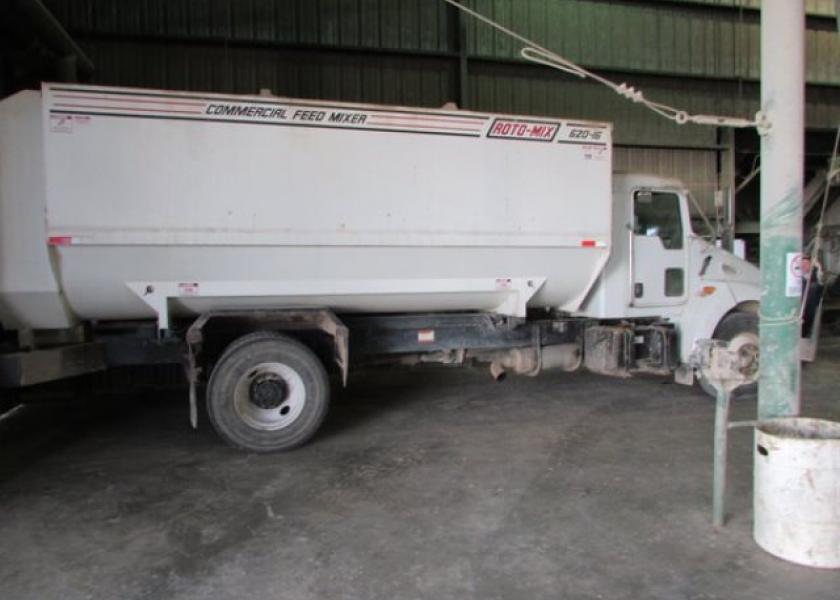NTSB: Track Damage at Kansas Derailment Site Traced to Truck

The derailment of an Amtrak passenger train last month in Kansas that injured more than two dozen people occurred at a site where there had been damage to the track that has been traced to a grain truck, federal authorities said Thursday.
The National Transportation Safety Board said in its preliminary report that Amtrak and BNSF Railway estimate their damages at more than $1.4 million.
The Southwest Chief passenger train traveling from Los Angeles to Chicago was carrying 130 passengers and 14 crew members when it derailed March 14 near the community of Cimarron, Kansas, about 160 miles west of Wichita. The last four cars derailed on their sides and two other cars derailed upright, sending at least 28 passengers to hospitals.
Investigators found fresh tire tracks perpendicular to the bent railroad tracks, along with a small amount of flaked corn typically used to feed cattle.
The tracks were traced to a feedlot owned by Cimarron Crossing Feeders LLC, where investigators matched the treads on a 2004 Kenworth International truck to the tire impressions at the scene, the report said. They also observed what appeared to be recent damage to the truck's front bumper.
Federal authorities had previously said Cimarron Crossing has been "very cooperative." The business is licensed to feed up to 20,000 head of cattle.
The railroad tracks run alongside the south side of a paved highway, and are not fenced off from it. Fresh tire tracks were found on both sides of the highway near the derailment, and investigators put up crime scene tape to preserve the evidence. Cimarron Crossing is located north of the highway, and there is a gap in the fence separating that land from the highway where the tire tracks were found. The tire tracks were not located at a designated rail crossing.
National Transportation Safety Board member Earl Weener said last month the impact of the truck shifted the train tracks 12 to 14 inches.
A review of the train's event recorder data determined the train was traveling at 60 miles per hour when the emergency brakes were applied. The maximum authorized speed on this section of track is 60 miles per hour for passenger trains and 40 miles per hour for freight trains, according to the report.







